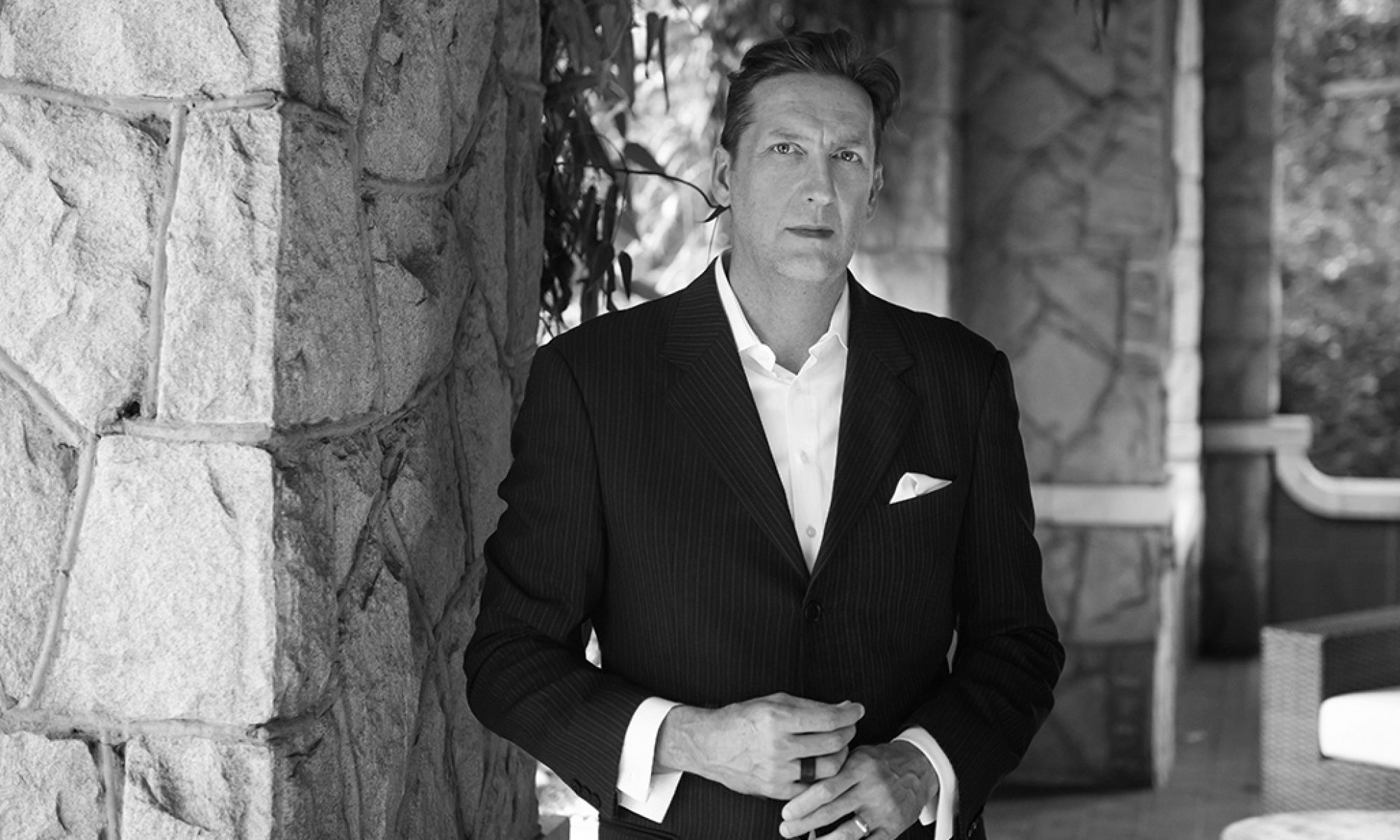The machine, on the contrary, is destined to repetition. It is destined, that is, to reproduce impassively, imperceptibly, without organ or organicity, received commands. In a state of anesthesia, it would obey or command a calculable program without affection or auto-affection, like an indifferent automaton. Its functioning, if not its production, would not need anyone. Moreover, it is difficult to conceive of a purely machinelike apparatus without inorganic matter.
Notice I say inorganic. Inorganic, that is, nonliving, sometimes dead but always, in priciple, unfeeling and inanimate, without desire, without intention, without spontaneity. The automaticity of the inorganic machine is not the spontaneity attributed to organic life.
This, at least, is how the event and the machine are generally conceived. Among all the incompatible traits that we have just briefly recalled, so as to suggest how difficult it is to think them together as the same “thing,” we have had to underscore these two predicates, which are, most often, attributed without hesitation to matter or to the material body: the organic and the inorganic.
These two commonly used words carry an obvious reference, either positive or negative, to the possibility of an internal principle that is proper and totalizing, to a total form of, precisely, organization, whether or not it is a beautiful form, an aesthetic form, this time in the sense of the fine arts. This organicity is thought to be lacking from so-called inorganic matter. If one day, with one and the same concept, these two incompatible concepts, the event and the machine, were to be thought together, you can bet that not only (and I insist not only) will one have produced a new logic, an unheard -of conceptual form. In truth against the background and the at the horizon of our present possibilities, this new figure would resemble a monster. But can one resemble a monster? No, of course not, resemblance and monstrosity are mutually exclusive. We must therefore correct this formulation: the new figure of an event-machine would no longer even be a figure. It would not resemble, it would resemble nothing, not even what we call, in a still familiar way, a monster. But it would therefore be, by virtue of this very novelty, an event, the only and first possible event, because im-possible. That is why I ventured to say that this thinking could belong only to the future – and even that it makes the future possible. An event does not come about unless its irruption interrupts the course of the possible and, as the impossible itself, surpises any foreseeability. But such a super-monster of eventness would be, this, for the first time, also produced by the machine.
…
As a still preliminary exercise, somewhat like musicians who listen to their instruments and tune them before beginning to play, we could try another version of the same aporia. Such an aporia would not block or paralyze, but on the contrary would condition any event of thought that resembles somewhat the unrecognizable monster that has just passed in front of our eyes.
What would this aporia be? One may say of a machine that it is productive, active, efficient, or, as one says in French, performante. But a machine as such, however performante it may be, could never, according to the strict Austinian orthodoxy of speech acts, produce an event of performative type. Performativity will never be reduced to technical performance. Pure performativity implies the presence of a living being, and of a living being speaking one time only, in its own name, in the first person. And speaking in a manner that is at once spontaneous, intentional, free, and irreplaceable. Peformativity, therefore, excludes in principle, in its own moment, and machinelike [machinale] technicity. It is even the name given to this intentional exclusion. This foreclosure of the machine answers to the intentionality of intention itself. It is intentionality. Intentionality forecloses the machine. If, the, some machinality (repetition, calculability, inorganic matter of the body) intervenes in a performative event, it is always an accidental, extrinsic and parasitical element, in truth a pathological, mutilating, or even mortal element. Here again, to think both the event and the performative event together remains a monstrosity to come, an impossible event. Therefore the only possible event. But it would be an event that, this time, would no longer happen without the machine. Rather it would happen by the machine. To give up neither the event nore the machine, to subordinate neither one to the other, never to reduce one to the other: this is perhaps a concern of thinking that has kept a certain number of “us” working for the last few decades.
But who, “us”? Who would be this “us” whom I dare to speak of so carelessly? Perhaps it designates at bottom, and first of all, those who find themselves in the improbable place or in the uninhabitable habitat of this monster.
…



